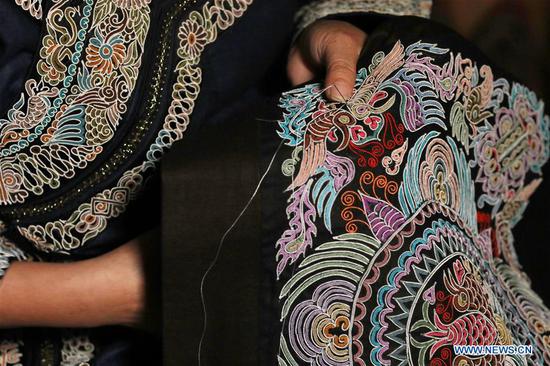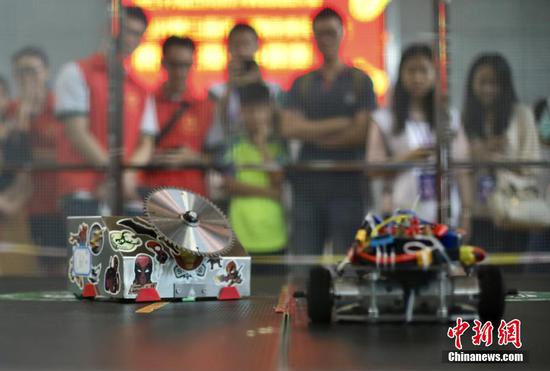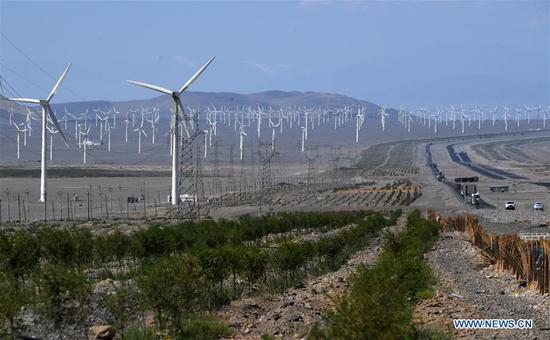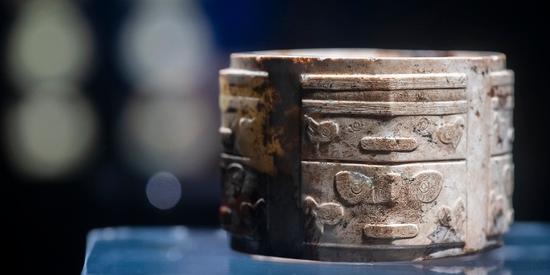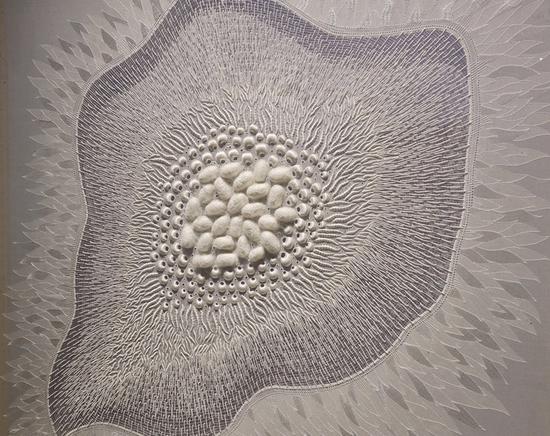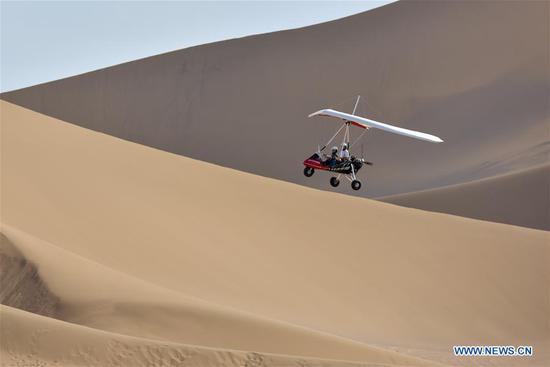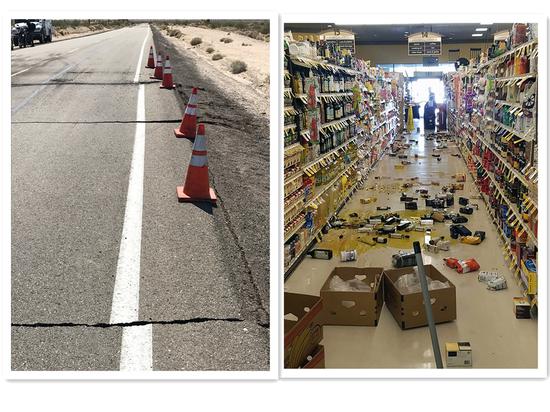Mission shows country has 'innovative spirit' to overcome challenges
Chinese scientists on Sunday announced that China will launch its first mission to Mars in 2020 and the construction of its rover has been completed.
The mission includes orbiting, landing and roving the Martian surface, an unprecedented achievement that shows China's innovative spirit in space exploration and courage to face great challenges, according to Chinese space experts.
The probe's primary mission is to detect signs of life on Mars, Ouyang Ziyuan, chief scientist of China's lunar exploration plan, said at a conference on satellite and space, held in Rizhao, East China's Shandong Province from Friday to Sunday.
The mission will also examine whether the planet has the potential to be transformed in some way in the future to make it livable for humans, the 21st Century Business Herald, reported on Sunday quoted Ouyang as saying.
The Chinese rover will examine the Red Planet's atmosphere, landscape, geological and magnetic characteristics, which could provide clues to the origin and evolution of Mars and the solar system, the newspaper reported.
The launch is being timed for when the orbits of Mars and Earth are closest to each other, "which occurs every 26 months and lasts about one month," Pang Zhihao, an expert in space exploration technology in Beijing, told the Global Times on Sunday.
Of the 45 previous missions to Mars only 19 have succeeded.
Among the 19 successful missions, some were designed to send orbiting satellites around the planet and some were merely flyby missions, according to records kept by NASA.
Transmissions from Earth take almost 10 minutes to reach the orbiter, so landing commands must be issued before the lander is released and many unpredictable situations can occur during the descent nicknamed "seven minutes of terror," Pang said.
Without real-time monitoring, the probe will need to "make its own decision," Pang noted.
A successful landing is only the beginning of the rover's mission in a hostile environment.
Another challenge comes from the devastating dust storms on Mars, the worst of which is comparable to a force 12 typhoon on Earth.
Such dust storms occur almost every year on the Red Planet and can last for up to three months, Pang said, noting that the Mars rover must have a strong storm-resistance system.
Because a dust storm could damage a rover's solar power system, a solution could be to use nuclear power, Pang said.
China's Mars orbiter will carry seven scientific devices, while the rover will have six.
"Although China's Mars mission has started late, we have a high starting point with the three-in-one design. And we are prepared to face the challenges," Pang noted.













